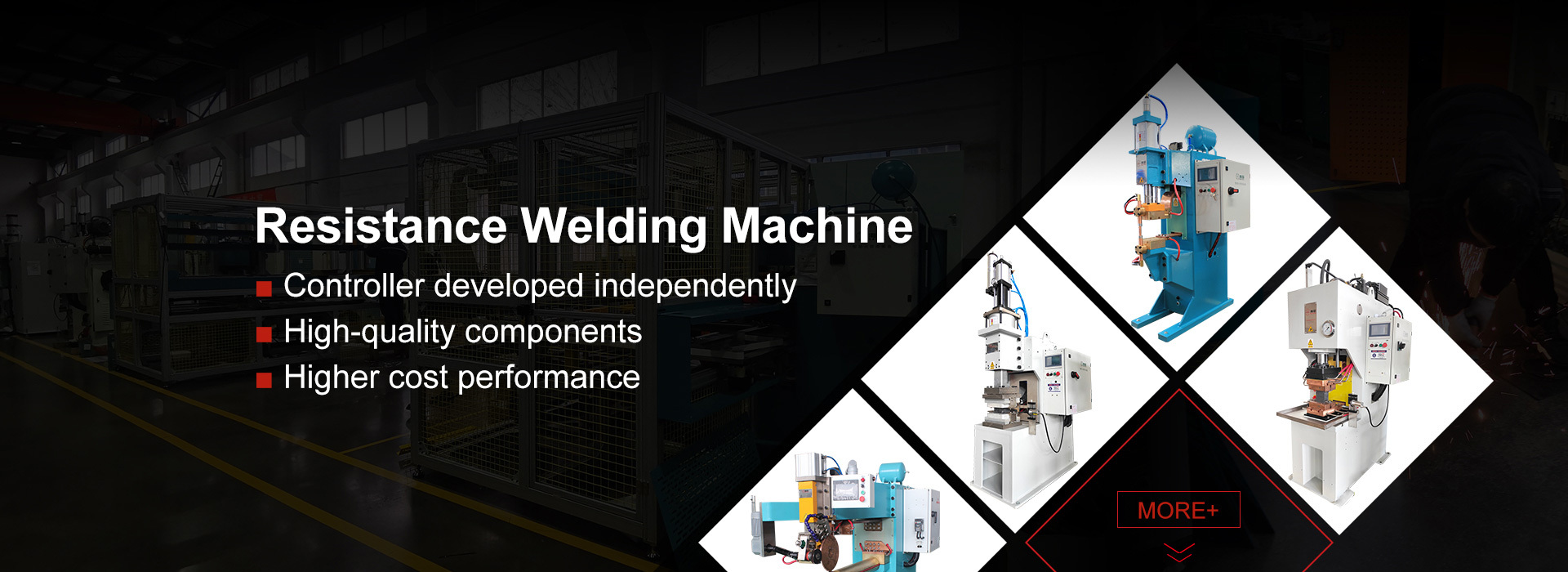
Resistance Welding Machine
Resistance welding is a type of electric welding which involves heating metal by a powerful electric current and applying pressure or tension to join two pieces of metal together. The resistance welding process does not require high temperatures and hence it allows for the welding of soft materials such as copper, aluminum, brass, nickel, etc. It is a fast and cost-effective method for joining metals, widely used in high-volume production on metal parts.
Features and advantages
1. Generally no flux such as solder or welding rod is necessary. Welded parts can be easily recycled.
2. High speed and very short time of welding enables high production rate. Quite suitable for massive production of low-cost products.
3. Workpieces hold their original appearance at welding area to a big extent.
4. Welding condition and parameters setting must be prepared necessarily. Optimum welding parameters must be figured out before actual welding.
5.E asy operation of automation weld process. No need of trained skills like arc welding and gas welding.
6. Safe, clean and environmentally friendly to operator because of low voltage.
HAIFEI offers various resistance welding methods and techniques for metal join and weld, especially diffusion welding, spot welding, projection welding, seam welding, robotic welding system, etc.
Also there are options for pressure drive modes on these welding machines. Besides traditional air cylinder, HAIFEI offers pressure supply by air liquid booster cylinder, hydraulic, servo motor, hydraulic plus servo motor.
The welding machine type and configuration depend on weld metal material, demension and weld quality requirements.

 Language
Language

